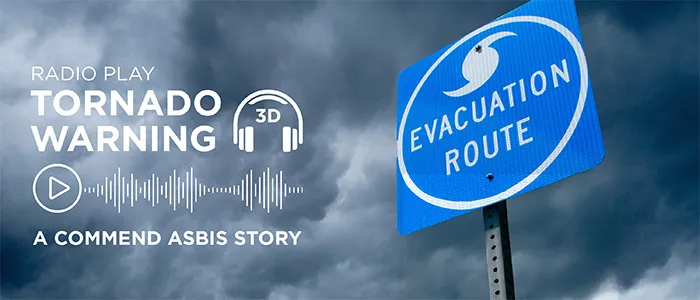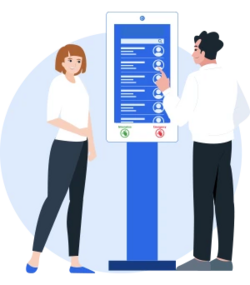Despite extensive preventive measures, residual risks in the field of building security persist. As challenges and threats grow, being prepared for emergencies becomes increasingly important.
Imagine this: A tornado approaches, sirens wail, and tension fills the air. Time seems to stand still. What now? Our immersiveradio play with 3D audio puts you in the heart of such a crisis situation, showcasing how modern building technology saves lives. With headphones on, experience every step – from the first alarm to de-escalation – in a realistic demonstration.




